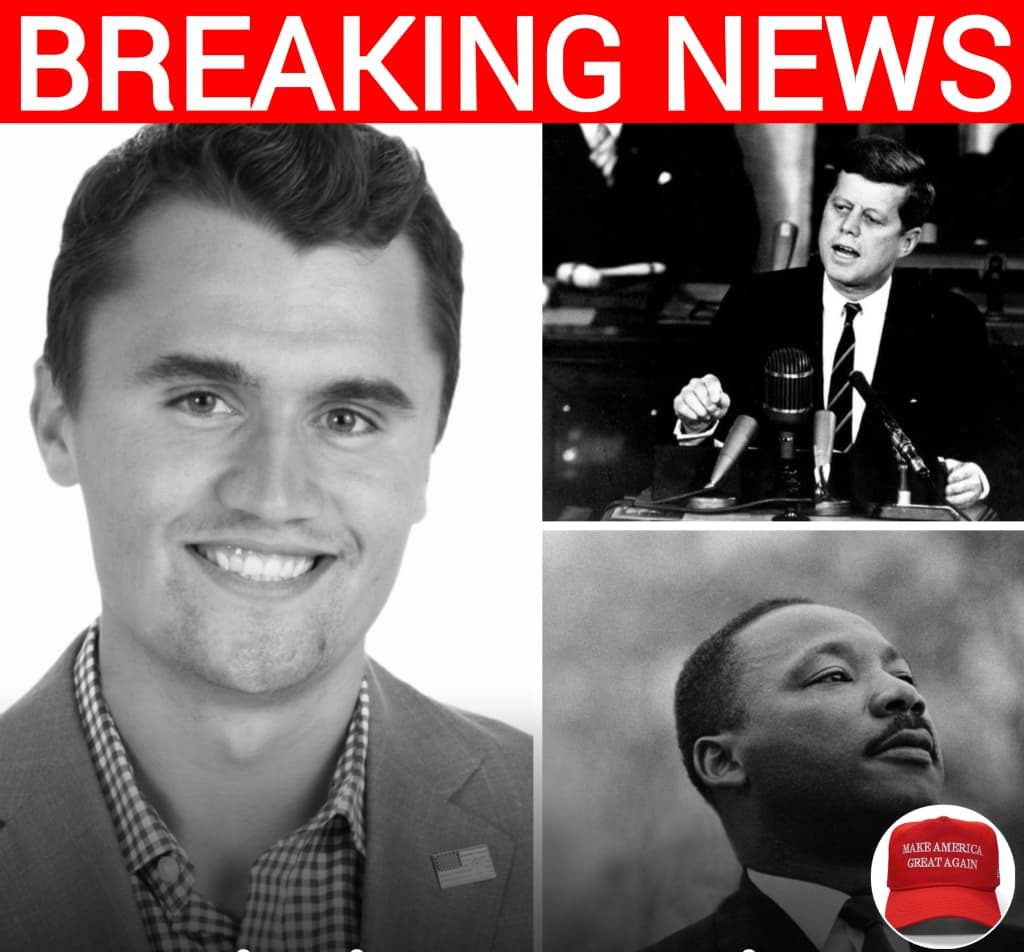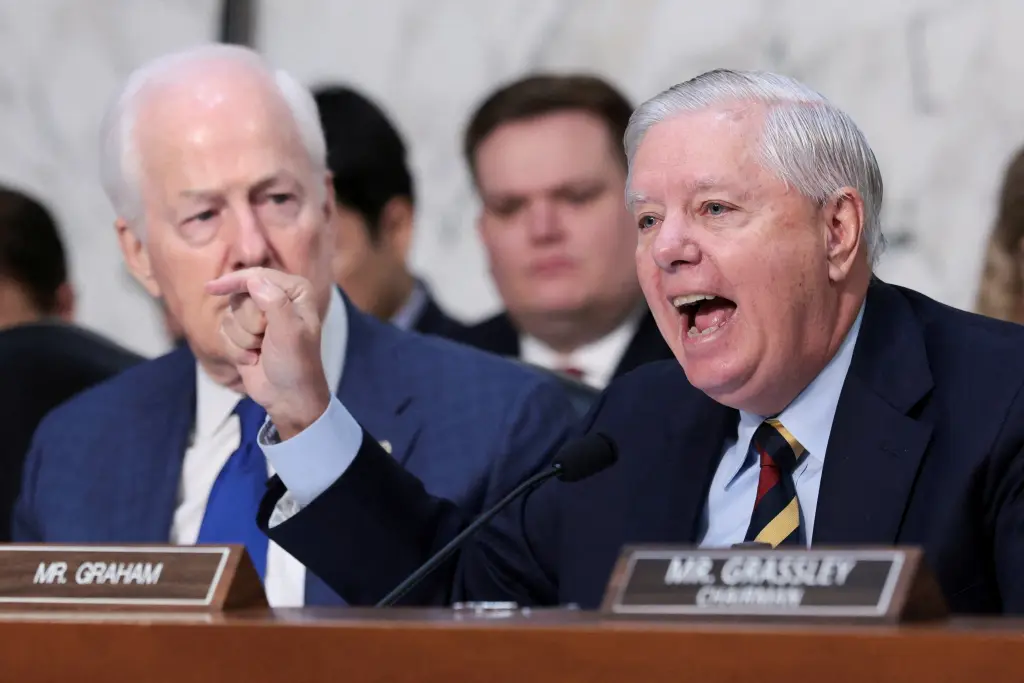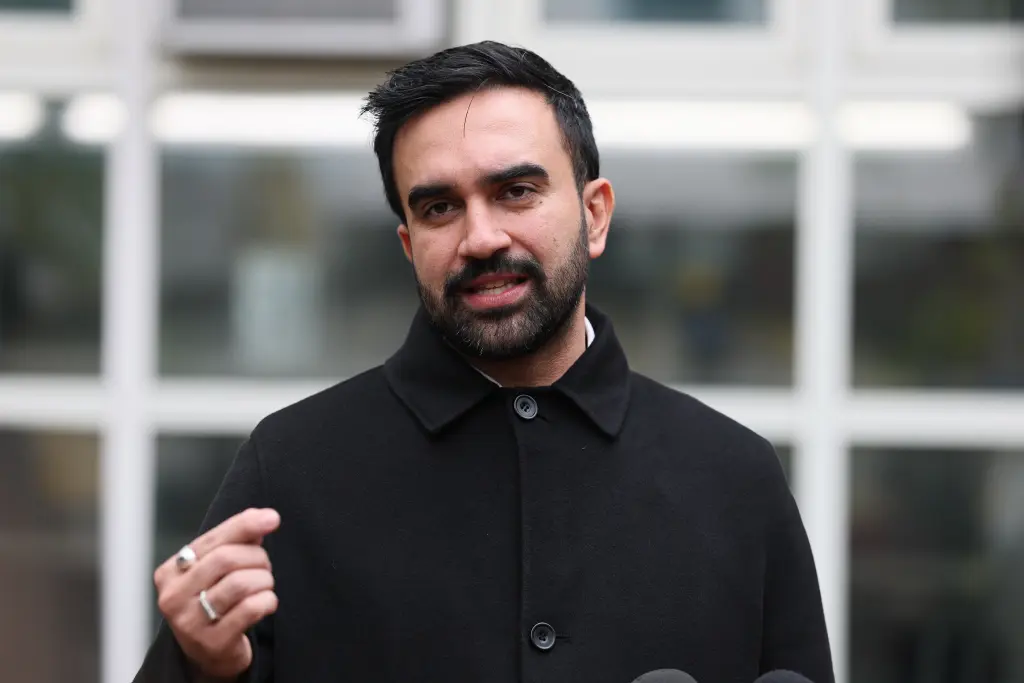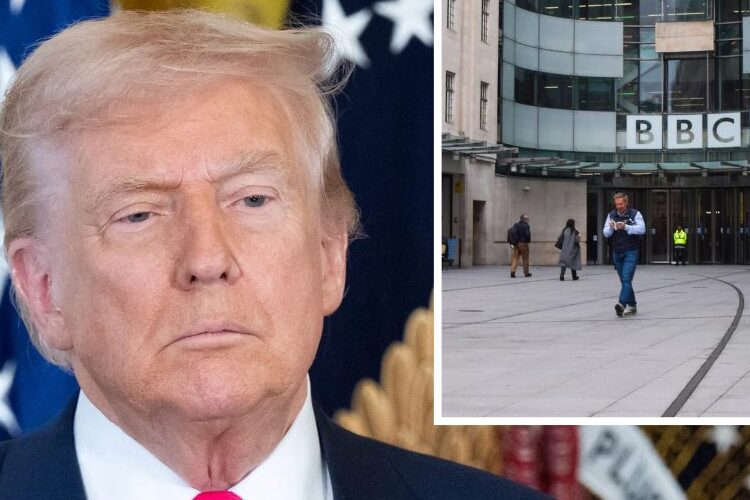Charlie Kirk’s Memorial Attendance Surpasses Historic Funerals, Sending a Message of Unity and Patriotism Across America
The sight inside and outside State Farm Stadium in Arizona was unlike anything many people had ever witnessed. Rows upon rows of people filled every seat, with countless more gathered in the surrounding areas, standing shoulder to shoulder in silence, prayer, and remembrance. They came not just to say goodbye to Charlie Kirk, but to send a message that his legacy and the values he stood for will not be forgotten. Reports quickly spread that the number of people attending his memorial was greater than the crowds that gathered for the funerals of historic figures like Martin Luther King Jr. and John F. Kennedy. Whether measured by sheer numbers or by the passion of the crowd, the point was clear: this was one of the largest memorial gatherings in American history.
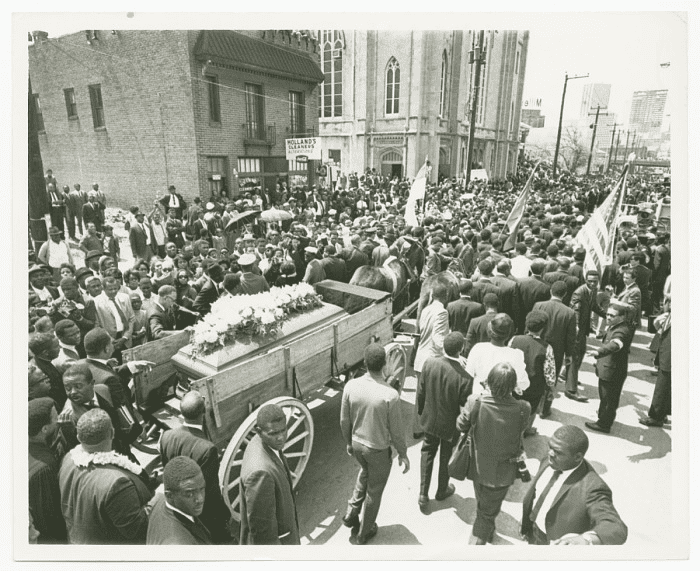
What struck people most wasn’t only the size of the crowd but the spirit that ran through it. Those who came described a sense of unity, an energy that is hard to capture in words. Many were young, inspired by Kirk’s message, while others were older Americans who had followed his career for years. Families brought their children so they could see firsthand what it means when a man’s voice continues to echo even after his passing. It wasn’t only a moment of mourning; it was a powerful display of what unity looks like when people stand together for the same cause.
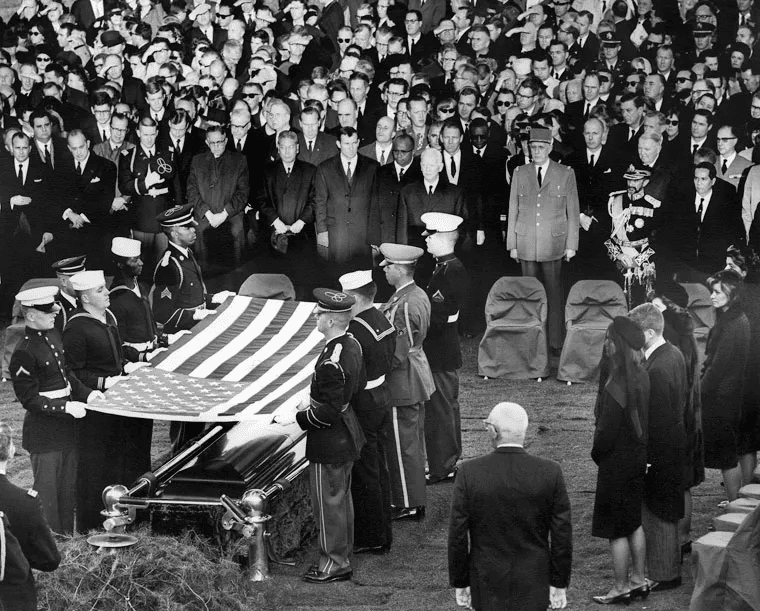
The memorial had all the markings of a national moment. Flags waved gently in the Arizona air, people sang hymns, and speakers from across the political spectrum delivered tributes that were as emotional as they were firm. They spoke not only about the man who had passed but about the movement he helped to shape, one that centered on free speech, faith, and patriotism. To many, the day felt like a line in history that people will remember for decades — the day a crowd came together not only to grieve but to declare that Kirk’s ideas will continue to live on through them.
Observers who have followed American history drew comparisons to other monumental gatherings, like the national grief after the loss of JFK or the powerful marches led by Martin Luther King Jr. But what made this gathering stand apart was the deep connection between speaker and audience, and between Charlie and the people who followed him. It wasn’t a crowd that came because of ceremony; it was a crowd that came because of conviction. People weren’t told to be there. They chose to be there.
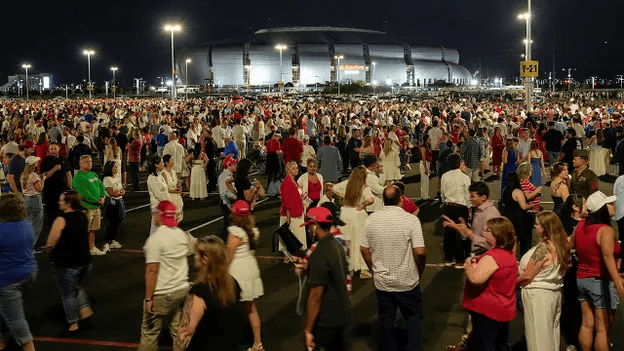
The sheer scale of the event carried a message that went beyond numbers. It showed that the Right, often portrayed as divided or fragmented, can still rally around common values with a level of unity that surprises even its critics. Those in attendance saw it as a living example of the strength that comes from faith, loyalty, and determination. The sight of tens of thousands raising their voices together, many with tears streaming down their faces, was both sobering and inspiring.
In the days ahead, people will continue to analyze what this memorial means in the larger picture of American politics and culture. But for those who stood in the stadium, there was no doubt. It meant that Charlie Kirk’s influence was not ending with his death. It was only shifting, passing on to the countless people who promised to carry the torch forward. For them, his life was a call to action, and his memorial was proof that the call had been heard.
